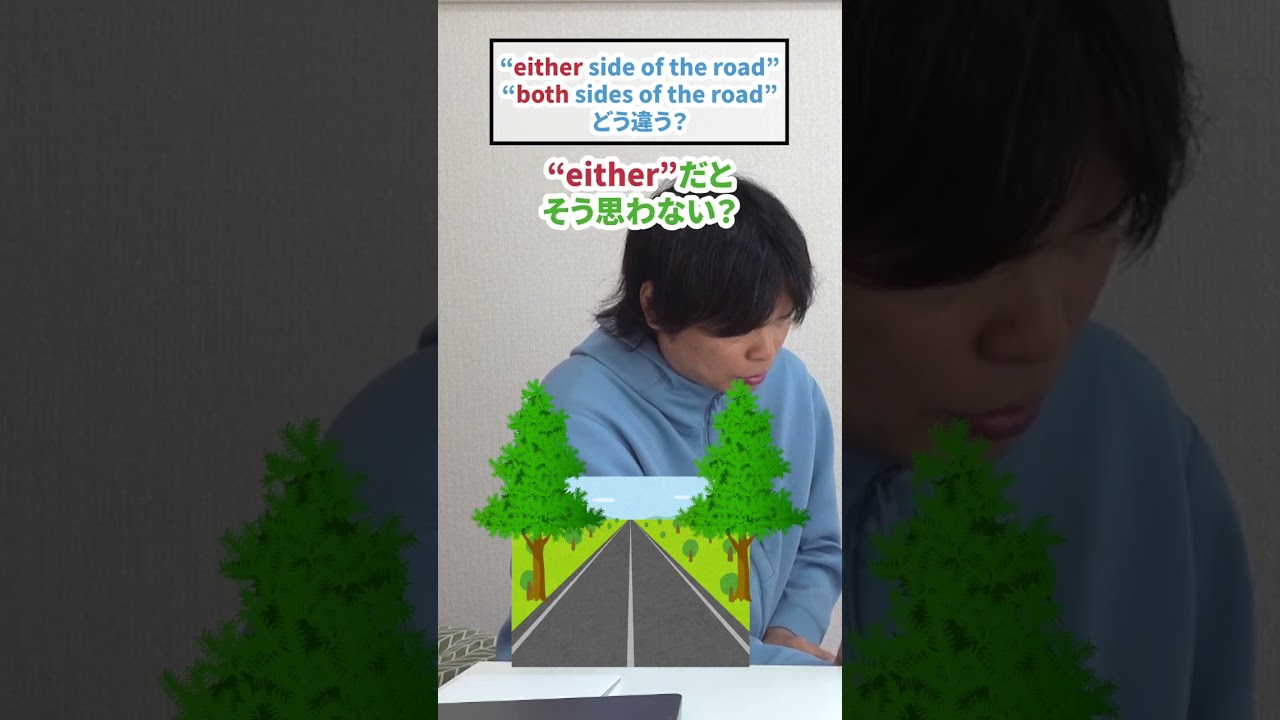問題文全文(内容文):
①____ ____ ____ ____ now?
あなたは今、何を勉強していますか?
②(返事)__ ____ moth.
③____ ____ ____ ____?
あなたは何をしていますか?
④____ __ __ ____ ____?
彼は今、何をしていますか?
⑤____ ____ ____ ____ ____
彼女たちは何について話していますか?
⑥____ __ ____ ____?
→⑦(返事)__ __ ____ __ ____ ___.
あなたのお父さんはそこで何をしていますか?
⑨____ ____ ____ ____ _____?
だれが私のペンを使っていますか?
①____ ____ ____ ____ now?
あなたは今、何を勉強していますか?
②(返事)__ ____ moth.
③____ ____ ____ ____?
あなたは何をしていますか?
④____ __ __ ____ ____?
彼は今、何をしていますか?
⑤____ ____ ____ ____ ____
彼女たちは何について話していますか?
⑥____ __ ____ ____?
→⑦(返事)__ __ ____ __ ____ ___.
あなたのお父さんはそこで何をしていますか?
⑨____ ____ ____ ____ _____?
だれが私のペンを使っていますか?
単元:
#英語(中学生)#中1英語#現在進行形(肯定文・否定文・疑問文)
指導講師:
とある男が授業をしてみた
問題文全文(内容文):
①____ ____ ____ ____ now?
あなたは今、何を勉強していますか?
②(返事)__ ____ moth.
③____ ____ ____ ____?
あなたは何をしていますか?
④____ __ __ ____ ____?
彼は今、何をしていますか?
⑤____ ____ ____ ____ ____
彼女たちは何について話していますか?
⑥____ __ ____ ____?
→⑦(返事)__ __ ____ __ ____ ___.
あなたのお父さんはそこで何をしていますか?
⑨____ ____ ____ ____ _____?
だれが私のペンを使っていますか?
①____ ____ ____ ____ now?
あなたは今、何を勉強していますか?
②(返事)__ ____ moth.
③____ ____ ____ ____?
あなたは何をしていますか?
④____ __ __ ____ ____?
彼は今、何をしていますか?
⑤____ ____ ____ ____ ____
彼女たちは何について話していますか?
⑥____ __ ____ ____?
→⑦(返事)__ __ ____ __ ____ ___.
あなたのお父さんはそこで何をしていますか?
⑨____ ____ ____ ____ _____?
だれが私のペンを使っていますか?
投稿日:2013.12.17






